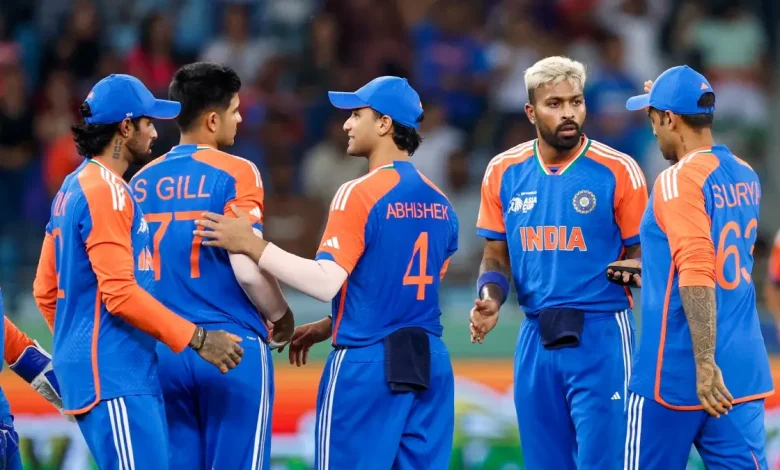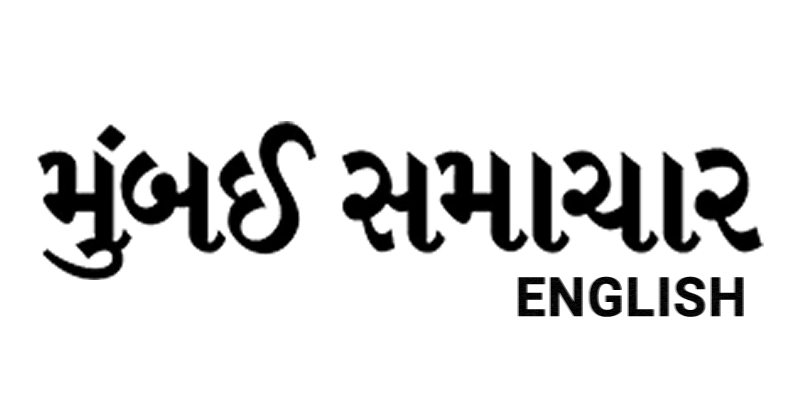Why was Shanaka not given out in the Super Over run-out drama?

Dubai: On Friday, the final Asia Cup Super Four match between India and Sri Lanka turned extremely dramatic and nerve-wracking as it went into a Super Over after midnight. In that Super Over, Arshdeep Singh first had Dasun Shanaka declared caught behind by the on-field umpire. Immediately after, Shanaka stepped out of his crease, and Sanju Samson also ran him out, for which another appeal was made. However, in the end, Shanaka was declared not out on both counts. This left many people confused, wondering why Shanaka was not given out for the run-out.
Nissanka’s memorable century goes in vain
The main Super Four match between India (202/5) and Sri Lanka (202/5) ended in a tie, which forced the Super Over. Pathum Nissanka’s memorable century (107 runs off 58 balls, 6 sixes, 7 fours) went in vain.
Confusion amid high drama
In the Super Over, Arshdeep’s fourth ball was a yorker against Shanaka, on which there was an appeal for a catch behind. The umpire declared him out. At the same moment, Shanaka stepped out of the crease, and Samson ran him out, sparking another appeal. Before that, Shanaka had already gone for DRS, seeking help from third umpire Masudur Rahman. The stadium was buzzing with confusion, and thousands of fans as well as millions of TV viewers were eagerly waiting for the verdict.
The on-field umpire had given Shanaka out caught behind, but the third umpire declared him not out.
What do cricket’s laws say?
According to the laws of cricket framed by the Marylebone Cricket Club (MCC) in England, once there is an appeal about the batter’s wicket, and the umpire has to decide whether he is out or not, the ball is considered dead from the moment the incident occurred. Whatever happens after that is not taken into account.
In Friday’s Super Over case, the moment the appeal for caught behind was made against Shanaka, the ball became dead. After that, even though Samson ran him out, the run-out appeal was irrelevant because the ball had already been ruled dead.
Coach Jayasuriya’s statement clarified things further
The rule states: “The Indian fielders appealed for a catch and Shanaka was given out, so he went for the third umpire’s review. After that he was also run out. However, the first decision always takes precedence, not the second one. In the first appeal he was given out, so he used the DRS. The third umpire then declared him not out. That was the final position. But overall, I feel the law is a little confusing here, so perhaps it should be made clearer.”
Shanaka, however, was dismissed on the very next ball (Arshdeep’s fifth delivery). With that, Sri Lanka lost its second wicket in the Super Over and could only score two runs. Later, Indian captain Suryakumar Yadav, opening with Shubman Gill, secured victory by running three runs off the very first ball.
Why did the main match end in a tie?
Poor fielding cost India victory in the last moments of the main match. In Harshit Rana’s 20th over, Sri Lanka needed 12 runs to win. Off the first ball, centurion Nissanka (107) was caught by Varun Chakravarthy. In the next three balls, five runs were scored, and Shanaka hit a boundary off the fifth delivery.
Now Sri Lanka needed three runs off the last ball to win, while two runs would take the game into a Super Over. That’s exactly what happened. Shanaka played the ball toward long-on. Though the fielder fumbled, he still threw it to the non-striker’s end, but bowler Rana also fumbled while collecting it. Meanwhile, Shanaka stumbled as he reached the striker’s end and could not attempt a third run. With only two runs scored, the match ended in a tie and went into a Super Over.




